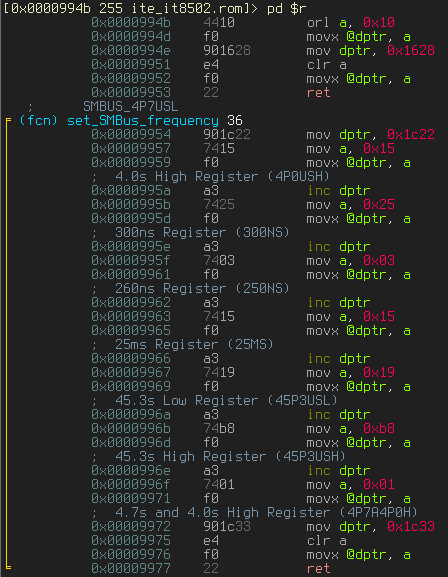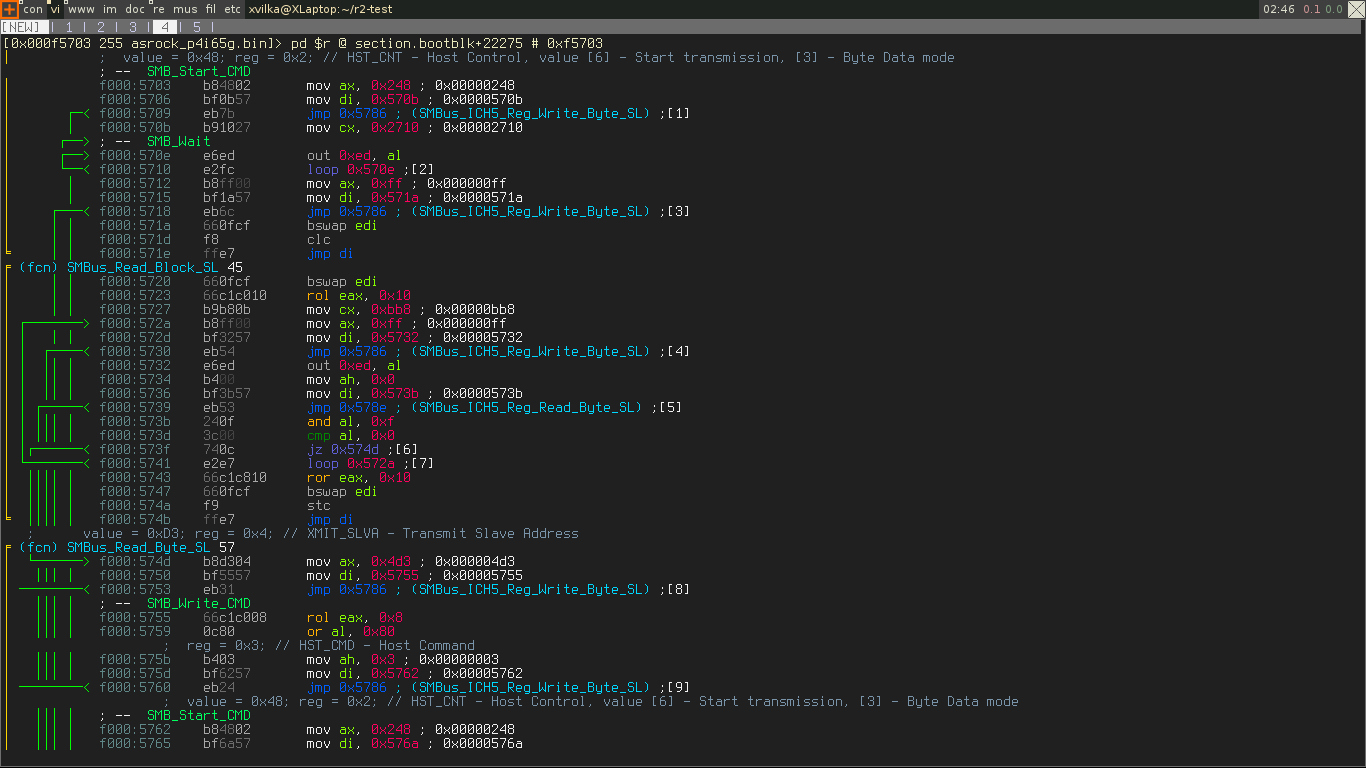Radare2 collects money to hold its Summer of Code

A free framework for disassembling and reverse engineering radare2 launched a crowdfunding
a campaign to collect 12,000 EUR to conduct its own Summer of Code.
This year, radare2 did not qualify for the Google Summer of Code, which did not stop us, and we decided to execute our plans anyway (web interface, binary templates, sdb migration, ROP compiler, ESIL - Evaluable Strings Intermediate Language, PDB parser and Windbg protocol, signature analysis, bokken (PyGtk GUI, support for new architectures).

The framework is written entirely in C and is available as a plug-in library. Also included are utilities comparing files, assemblers, a mini-compiler of shell codes. Most of the code is licensed under the LGPL, which allows it to be used in commercial projects. The main paradigm of the disassembler is its interactivity.
')
Supported architectures include 8051, x86 (16, 32, 64 bits), arm (including ARM64 / AArch64), avr, arc (ARCtangent A4 and ARCompact), mips, powerpc, sparc, h8, cr16, TI TMS320 *, EBC ( EFI bytecode), java, dalvik, bf, rarvm. Radare2 compiles and runs on the following platforms: GNU / Linux, Windows, OSX, * BSD, Solaris, Android, and iOS. Supports scripting in Vala, Python (ctypes), JavaScript, Perl, Ruby, Go, Guile, Lua, Java, OCaml. It supports both direct debugging and work with the gdb, winedbg protocols.
The development is done on GitHub , so everyone can send a Pull Request with the correction of a bug, or the addition of a new feature.
In the process of writing a book on the use of radare2 (not yet finished).
Several examples of use are also available:
Plan for the summer with a detailed description of the tasks is here: rada.re/rsoc
Official site of the project: rada.re
Screenshot radare2 in action:

Screenshot of reversing BIOS using radare2:

Source: https://habr.com/ru/post/218969/
All Articles